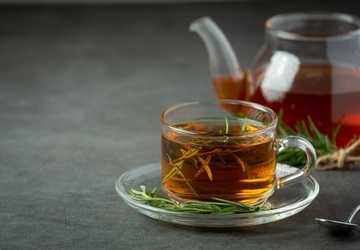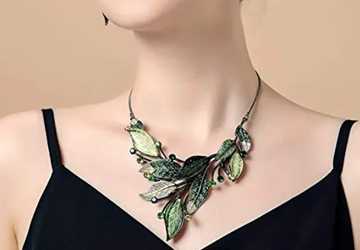How to Choose the Best Olive Oil for Cooking and Dressing
Many people just hop over to the grocery store, pick up the olive oil bottle, which is popular and in their budget, and come back home to use it in their food and dressing. However, do you know that there is a large population that gives enough time to read about olive oils and research them so that they can pick the best one out of the lot? Why is that?
Well, majorly because olive oil tends to give your food a distinct and flavorful taste, and bad-quality oil can ruin this. If you are someone who recently learned about how olive oils can come in a variety of types and how choosing one accordingly is essential, then we are sure you must be wondering how you can do this. If that is the case, then this article got you covered. Hop on below!
Tips For Choosing the Best Olive Oil for Cooking and Dressing
Choosing an olive oil from the variety of bottles placed on the shelf of a supermarket can be confusing. However, to make it easier for you, we have listed down some of the essential factors you should consider when purchasing an olive oil bottle:
· Understand the Types of Olive Oil
There isn't just one type of olive oil. In fact, there is a variety, and hence, knowing about each is essential before making your pick:
§ The Extra Virgin: Highest quality olive oil, which is gathered from the olives after they are pressed for the first time.
§ Basic Virgin Oil: Gathered from the second pressing of the same olives, the virgin oil is a slight step down from its first type but still tastes amazing.
§ Pure/Regular Olive Oil: These are the perfect blend of two different types of oils: cold-pressed and processed. Hence, it will taste exceptional and might suit the budget of many people as well.
§ Light or Extra Light Olive Oil: These types of olive oils are processed highly and hold a lighter flavor compared to others.
· Check the Harvest Date

When picking an olive oil from the shelf, you need to check the harvest date. The harvest date plays a crucial role in determining how well your olive oil will make your food taste. Olive oils that were plucked within a span of a few months to a year are considered the best. However, many people also believe that the more recent your harvest date will be, the more powerful flavors and nutritional value will the olive oil deliver.
· Opt for Olive Oils in Dark Glass Bottles
Heat and light can degrade the quality of Olive Oil, and hence, ensuring that you choose a packaging that protects the oil from both these factors is crucial. So, what packaging would we suggest you? Go for dark glass bottles.
· Country of Origin
We all know that different localities and places of the world are famous for the production and manufacturing of different goods. Hence, when it comes to Olive oils, choosing the production or manufacturing of countries or tapping down the geographical location when purchasing these would always help in ensuring their quality for cooking and dressing. If you can, always check the olive oil's country of origin and choose countries you know are popular for their olive oils.
· Taste the Oil
This may be hard to carry out as not a lot of grocery stores put out oil for testing, but if you get a chance, we always suggest tasting the olive oil before making a purchase. The olive oils, which taste fruity yet bitter along with a tinge of spice, are deemed to be of the best quality. In case the olive oil you purchased is rancid or musty in flavor, you shouldn't continue with it.
In case you cannot taste check an olive oil before purchasing, you can always purchase a smaller bottle or test sample size before investing in the bigger version.
· Observe the Color
You may have observed that the different types of olive oils can sometimes be of a lot of different colors. So, what is the deal behind this? Well, while the color of the olive oil is not alone a significant factor that indicates the quality of the oil, it is a contributing factor when it comes to determining its quality. Hence, the question is, which type of olive oil in terms of color would be the best for cooking or dressing? Well, choose those that range from vibrant greens to gold, of course!

· Quality and Authenticity
Before purchasing any kind of olive oil, the consumer needs to check on its quality and authenticity. However, the question is, how will you do it? If this is the same query you have, then let us answer it for you.
Look for certification seals like the protected designation of origin (PDO) or Protected Geographical Indication (PGI). These two labels or certification seals are a world-renowned indication of quality and authenticity when it comes to olive oils.
· Price and Budget
If there is one aspect you should consider, it is the price point. Olive oils have a meticulous production process, and hence, they usually fall into a higher price range. In case you see low-priced oils at a grocery store that claim to be premium or extra-virgin, then do not pick them up because they are likely to be of bad quality.
Wrapping Up!
If you are someone who recently had a bad experience with an olive oil bottle that caused your food to taste bad for a month or two, then we are sure you must have learned from the experience. Hence, if you were out searching for the top tips on how to choose the best olive oil for dressing or cooking, then we hope this article is helpful for you.





